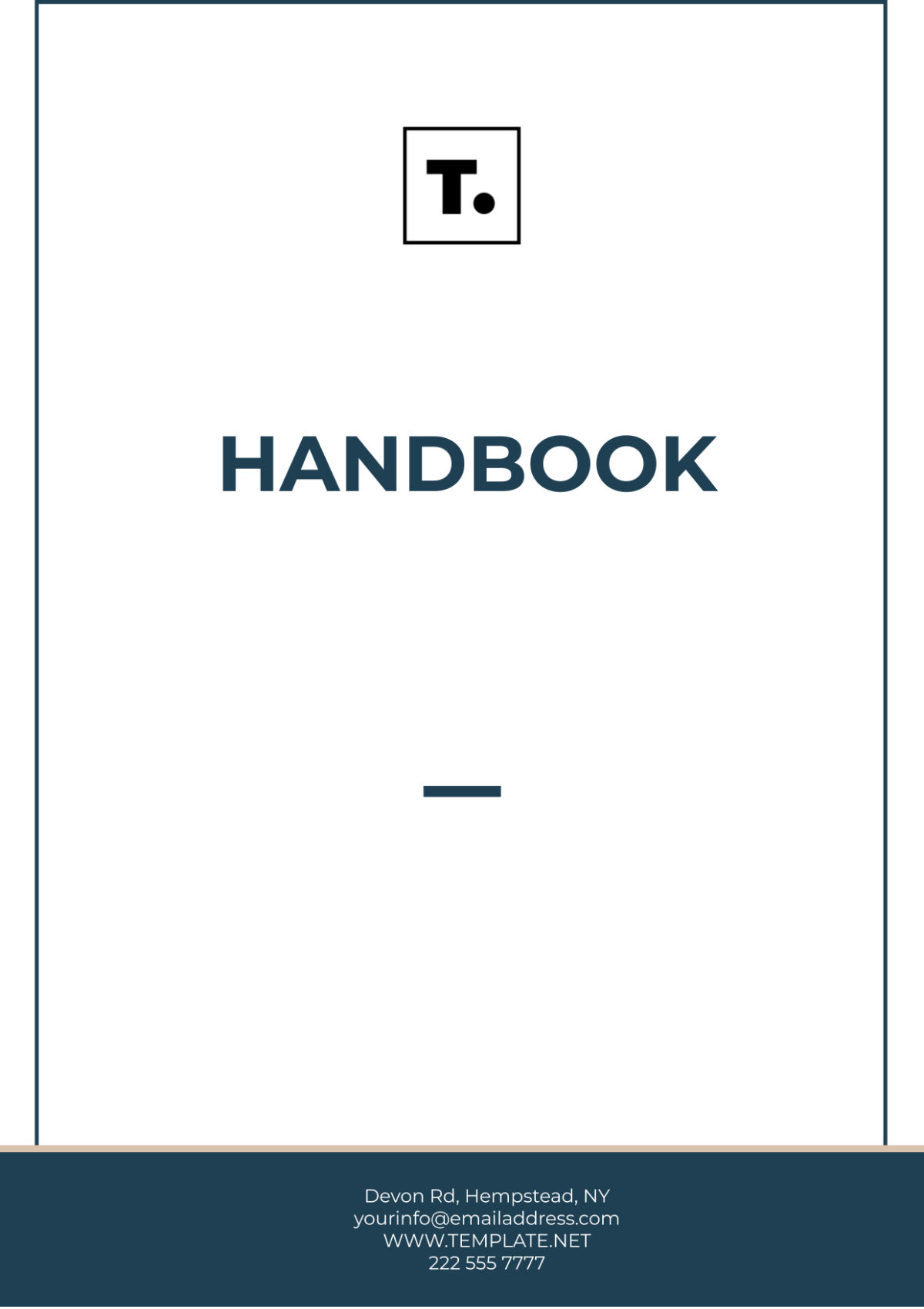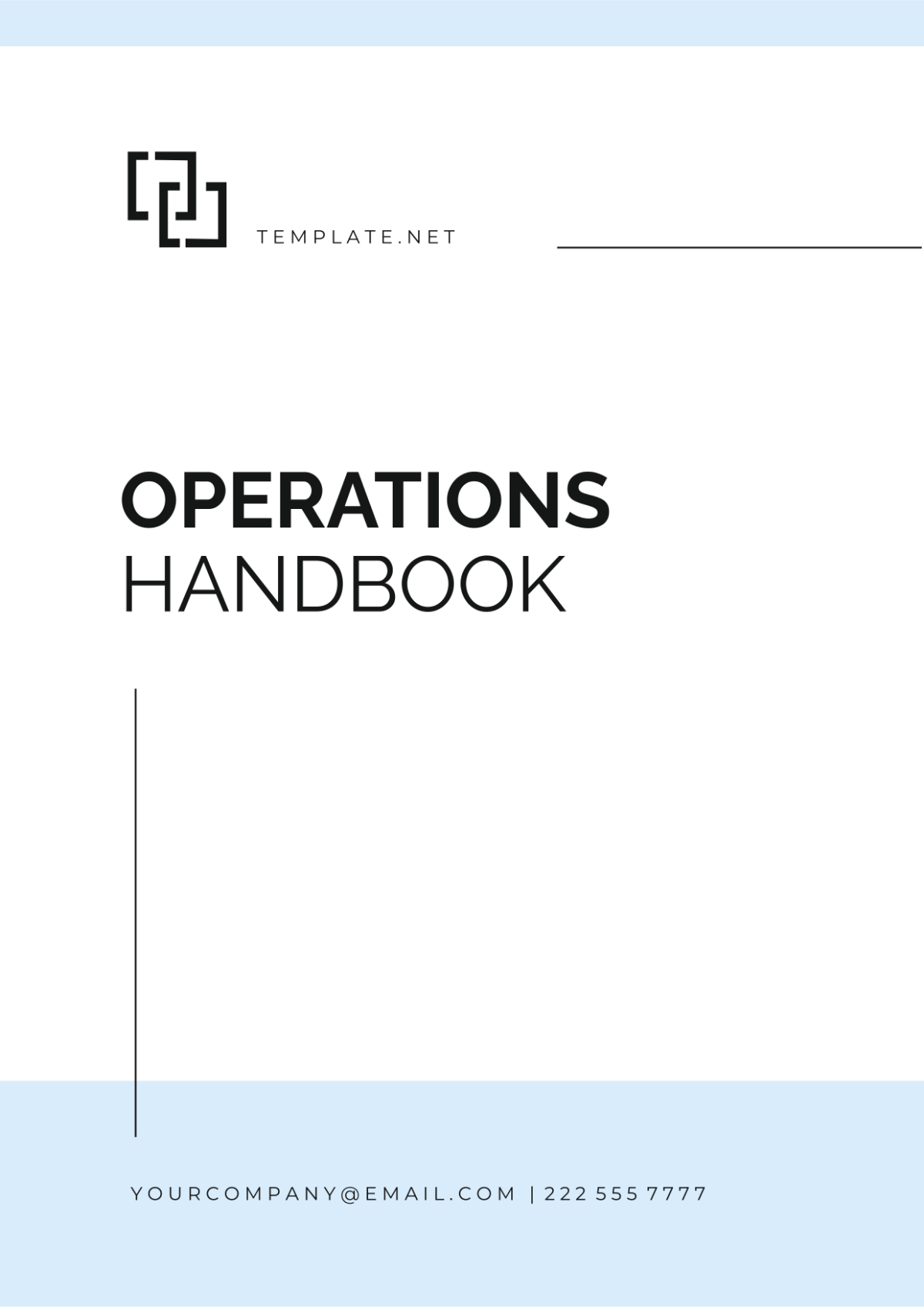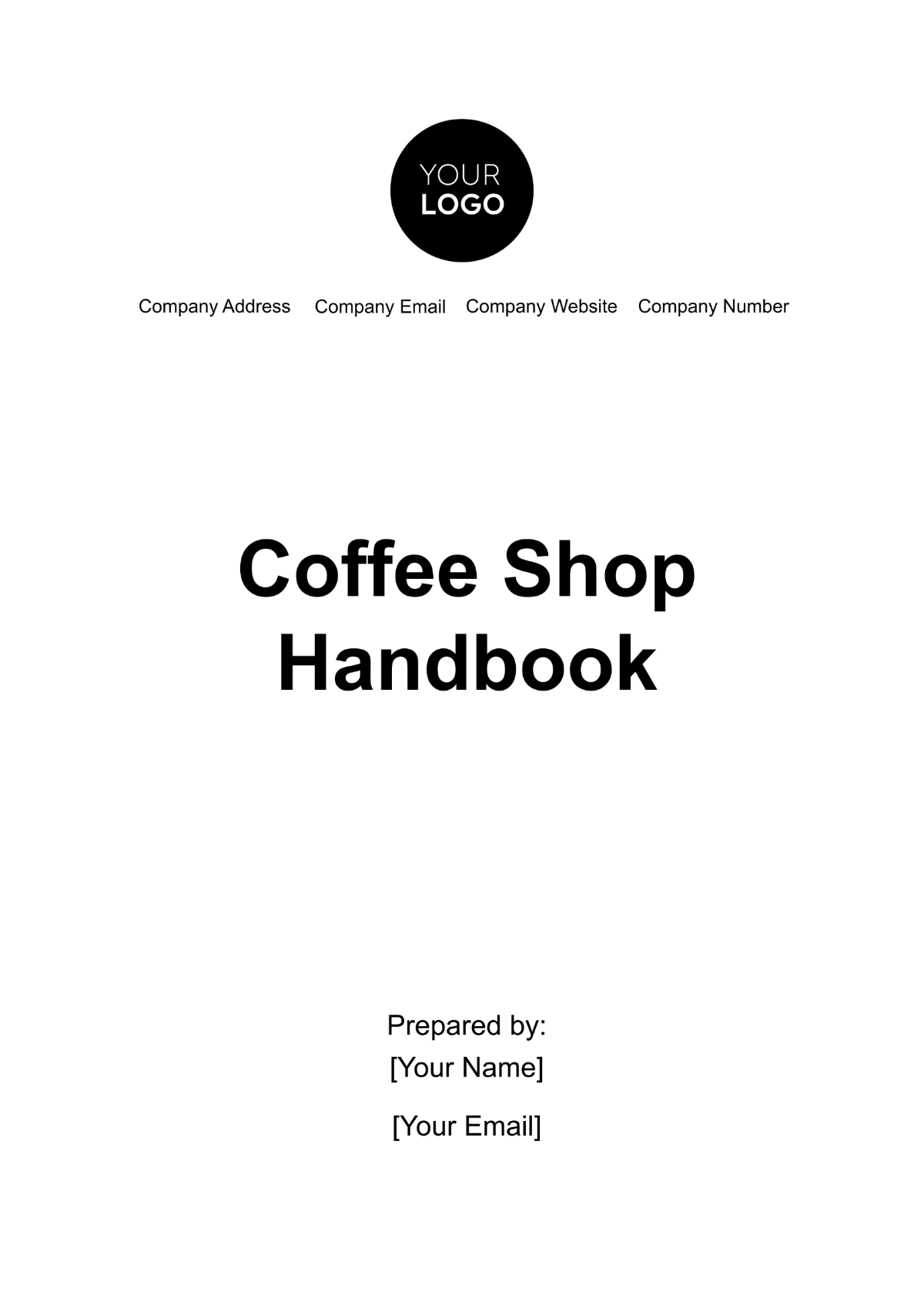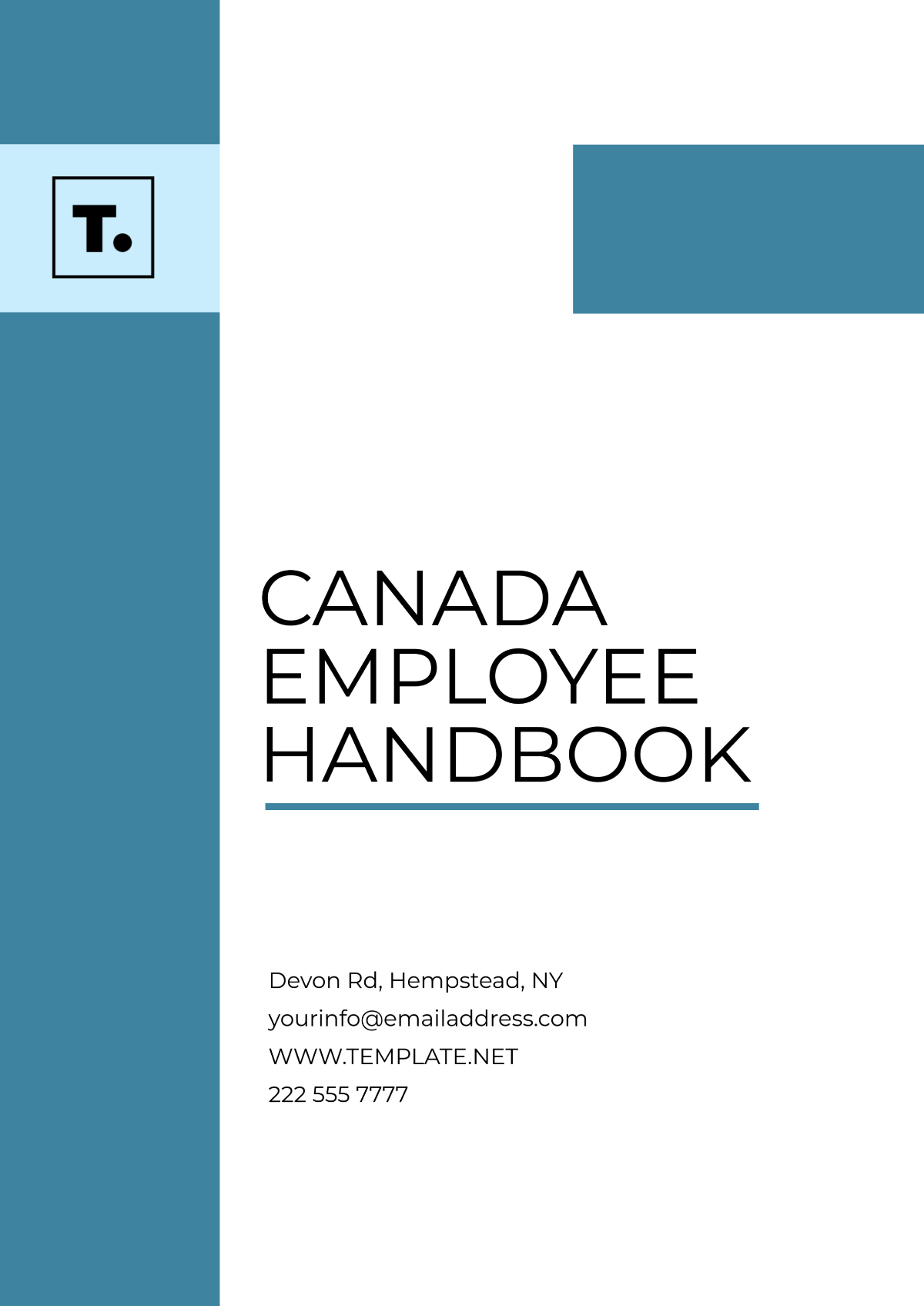Nursing Home Infection Control Handbook
Version 1.0
Date:
Provided by: [YOUR COMPANY NAME]
This Nursing Home Infection Control Handbook, provided by [YOUR COMPANY NAME], is an indispensable resource designed specifically for the unique environment of nursing homes. It integrates global best practices into pragmatic strategies and guidelines that are critical for effectively managing and controlling infections, ensuring the well-being of all residents and caregivers within these facilities.
1. Introduction to Infection Control
The risk of infections in nursing homes, ranging from the common cold and flu to more severe conditions like COVID-19, cannot be understated. The close quarters shared by residents, many of whom have compromised immune systems or underlying health conditions, create an environment where infections can easily spread if not properly managed. This section underscores the critical nature of implementing robust infection control measures. By doing so, we can mitigate these risks and assure a secure environment for both residents and staff. The essence of infection control lies not just in response to outbreaks but in the everyday actions that prevent the onset of infections, ensuring the safety and health of the nursing home community.
2. Principles of Infection Control
Infection control within nursing homes is anchored in several key principles that form the backbone of all preventative strategies. These principles include:
Hand Hygiene: The simplest, yet most effective, measure to prevent the spread of infections.
Standard Precautions: Practices employed for the care of all residents, regardless of their diagnosis or presumed infection status.
Transmission-based Precautions: Specific measures taken to prevent the spread of pathogens from known or suspected infections.
Immunization: Protecting residents and staff through vaccination against preventable diseases.
Environmental Cleaning: Maintaining a clean and sanitary environment to reduce the risk of infection transmission.
Understanding and implementing these principles is vital for significantly reducing the transmission of diseases within the nursing home setting. Each principle forms a layer of defense that, when combined, creates a comprehensive barrier against infections.
3. Hand Hygiene
Hand hygiene stands as the most crucial step in preventing the spread of infections, acting as the first line of defense in the infection control protocol. Its importance cannot be overstated, as hands are the most common vehicle for the transmission of pathogens. Proper hand hygiene techniques can dramatically reduce the risk of infection, protecting both caregivers and residents from illness. The procedures for hand hygiene include:
Soap and Water: This method is preferred when hands are visibly dirty or soiled with blood or other body fluids. The process should involve wetting hands with water, applying soap, rubbing hands together vigorously for at least 20 seconds, rinsing thoroughly under running water, and drying with a disposable towel.
Alcohol-based Hand Sanitizer: When hands are not visibly soiled, an alcohol-based hand sanitizer containing at least 60% alcohol should be used. The sanitizer should be applied to the palm of one hand, and then hands should be rubbed together, covering all surfaces of hands and fingers until dry.
Activity | Hand Hygiene Technique | Frequency |
|---|---|---|
Before and after resident contact | Soap/water or sanitizer | Every time |
After contact with surfaces/items | Soap/water or sanitizer | Every time |
After removing PPE | Soap/water or sanitizer | Every time |
The timing of hand hygiene is equally important, with key moments including before and after all direct contact with a resident, after any contact with potentially infectious materials, and before donning and after doffing personal protective equipment (PPE). By adhering to these hand hygiene practices, nursing home staff can significantly reduce the potential for disease transmission within the facility.
This Nursing Home Infection Control Handbook serves as a critical tool in the fight against infections in the nursing home environment. By understanding and implementing the outlined principles and practices, nursing homes can create safer, healthier environments for their residents and staff. This handbook lays the groundwork for effective infection control strategies, emphasizing the importance of hand hygiene, standard and transmission-based precautions, immunization, and environmental cleaning. Through diligent application of these guidelines, [YOUR COMPANY NAME] aims to lead the way in infection prevention, ensuring the highest standards of care and safety for the most vulnerable members of our communities.
4. Personal Protective Equipment (PPE)
PPE serves as a critical layer of protection for healthcare workers, forming a barrier against infectious agents. Its proper use is essential in minimizing the risk of transmission of infections within the nursing home setting. The main components of PPE include gloves, masks, face shields, and gowns, each serving specific protective functions. The selection and use of PPE are guided by the nature of the interaction with residents and the level of exposure anticipated.
Table: PPE Usage Guidelines
Equipment | Use Case | Donning/Doffing Guidelines |
|---|---|---|
Gloves | Direct contact with residents, fluids | Detailed guidelines provided |
Masks | Preventing droplet transmission | Detailed guidelines provided |
Face Shields | Additional eye protection against splashes | Detailed guidelines provided |
Gowns | Preventing clothing contamination during care | Detailed guidelines provided |
Proper donning and doffing techniques are critical to the effectiveness of PPE, preventing self-contamination and ensuring the safety of the wearer and those in the immediate environment. Training and periodic competency assessments in PPE use are vital components of the nursing home’s infection control program.
5. Cleaning and Disinfection
Maintaining a clean and disinfected environment is a cornerstone of infection prevention in nursing homes. Regular, thorough cleaning, followed by disinfection, is necessary to eliminate pathogens from surfaces and objects that are frequently touched or may come into direct contact with residents and staff.
Routine Cleaning: This involves the daily cleaning of all areas within the nursing home, with special attention to high-touch surfaces such as door handles, bedrails, light switches, and bathroom fixtures.
Disinfection: Following cleaning, the use of Environmental Protection Agency (EPA)-registered disinfectants is crucial. These agents are selected based on their efficacy against the pathogens of concern and are used according to the manufacturer's instructions to ensure effective disinfection.
The effectiveness of cleaning and disinfection practices hinges on adherence to protocols and the use of correct concentrations and techniques. Regular audits and staff training reinforce these practices, ensuring a consistently safe environment for all.
6. Managing Infectious Diseases
Effective management of infectious diseases within the nursing home requires a proactive approach, including early detection, prompt isolation, and specialized care for affected residents. These protocols are designed to minimize the impact of infectious diseases and prevent their spread within the facility.
Isolation: Rapid identification and isolation of infected individuals are paramount. Isolation procedures are implemented based on the mode of transmission of the disease, with designated areas and staff assigned to care for isolated residents.
Care Procedures: Care for residents with infectious diseases involves not only the management of symptoms but also measures to prevent the transmission of the disease to others. This includes the use of appropriate PPE, hand hygiene, and environmental cleaning and disinfection.
Implementing these protocols necessitates regular training for staff, ensuring they are well-equipped to manage infectious diseases effectively. Additionally, clear communication with residents and their families about the measures taken to protect them is essential for maintaining trust and cooperation.
In summary, the chapters on PPE, cleaning and disinfection, and managing infectious diseases highlight the multifaceted approach required to control infections within nursing homes. By rigorously applying these guidelines, [YOUR COMPANY NAME] demonstrates its commitment to creating a safe and healthy environment for both residents and caregivers. Through continuous education, training, and adherence to these protocols, we can significantly reduce the risk of infection transmission and provide the highest level of care to those we serve.
7. Infection Control during Outbreaks
Outbreaks in a nursing home setting demand urgent and escalated infection control measures to prevent widespread transmission among residents, many of whom are at increased risk due to age and comorbid conditions. Key strategies for managing outbreaks include:
Increased Disinfection: During outbreaks, the frequency and scope of cleaning and disinfection activities are significantly increased. Special attention is given to communal areas, high-touch surfaces, and any areas frequented by residents and staff known to be infected.
Advanced PPE: To further minimize the risk of transmission, the use of higher-grade PPE may be necessary. This includes N95 respirators for airborne pathogens, and full-face shields or goggles in addition to standard PPE for droplet precautions.
These measures are complemented by stringent monitoring of symptoms among residents and staff, visitor restrictions, and, where necessary, temporary cessation of group activities to reduce contact.
8. Training and Education
Ongoing training and education serve as the backbone of effective infection control. As pathogens evolve and new evidence emerges, keeping staff informed and skilled in the latest infection control practices is critical. Essential elements of this educational framework include:
Regular Training Sessions: Scheduled sessions reinforce existing knowledge and introduce new or updated guidelines. These are crucial for ensuring that all staff, regardless of their role, understand and can apply infection control measures effectively.
Access to Updated Resources: Staff should have easy access to the latest research, guidelines, and recommendations from reputable sources such as the CDC and WHO. This could be facilitated through an online resource center or a physical library within the facility.
Evaluation and Feedback: Training effectiveness is assessed through regular evaluations, which help identify areas for improvement. Feedback from staff on the training content and delivery method is invaluable for tailoring future sessions to meet their needs and enhance learning outcomes.
Creating a culture of continuous learning and adaptation is essential for sustaining high standards of infection control and care in nursing homes.
9. Audit and Feedback
An effective audit system is integral to ensuring that infection control measures are not only implemented but also adhered to consistently. This involves:
Regular Checkups: Scheduled audits assess the compliance of staff with established infection control protocols. These audits can be both announced and unannounced to capture a realistic picture of daily practices.
Feedback Mechanisms: Constructive feedback based on audit findings is provided to staff. This feedback is not punitive but educational, aimed at encouraging adherence to protocols and identifying opportunities for improvement.
The audit and feedback process is a critical tool for quality improvement, enabling the identification of gaps in practice and facilitating the development of action plans to address these deficiencies.
The successful management of infection control in nursing homes, especially during outbreaks, relies on a multifaceted approach that encompasses enhanced cleaning and disinfection practices, the use of advanced PPE, and the establishment of a robust training and education framework for staff. Furthermore, regular audits and the provision of constructive feedback are essential for ensuring compliance with infection control measures and fostering a culture of continuous improvement. By diligently implementing the strategies outlined in chapters 7 through 9 of the Nursing Home Infection Control Handbook, [YOUR COMPANY NAME] is committed to protecting the health and safety of its residents and staff, thereby upholding its reputation for excellence in care and infection prevention.
Conclusion
By adhering to the guidelines within this handbook, [YOUR COMPANY NAME] aims to maintain a safe and healthy environment for both residents and staff in the nursing home setting. Continuous improvement and diligence in infection control practices are essential for minimizing health risks and ensuring the well-being of our community.

















































